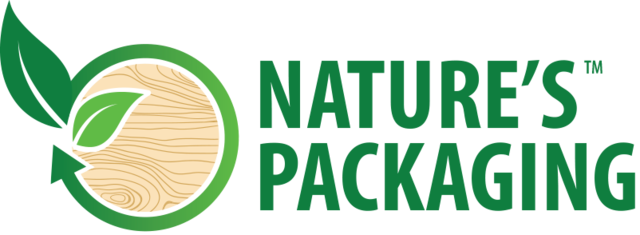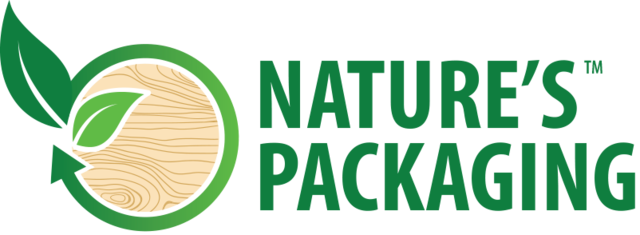Wood Waste as a Resource
 Waste reduction has strong economic and environmental benefits. Many communities can expect zero-waste when they shift from a “take, make and throw away” model to a circular economy where end-of-life materials are used to create new products.
Waste reduction has strong economic and environmental benefits. Many communities can expect zero-waste when they shift from a “take, make and throw away” model to a circular economy where end-of-life materials are used to create new products.
The wood packaging industry in North America has one of the highest rates of recycling exceeding other forms of industrial and consumer packaging such as aluminum, paper, and plastic. Wood packaging and pallets at the end of their life cycle are re-processed and the resulting wood fiber is re-used in such products as landscape mulch, animal bedding, soil enhancements, and wood particle board or used in bioenergy and biomass applications.
United States
Wooden pallets are a success story in solid wood recycling in the United States. In 2016, the most recent year for which detailed data are available, an estimated 341 million pallets were recovered out of which only 25.39 million wooden pallets were landfilled, resulting in a recycling rate of 95%.1 Only 1.8% of all wood landfilled by a MSW (municipal and solid waste) and 5.6% landfilled by a C&D (construction and demolition) landfill were wood pallets. The extremely high rate of recycling could be attributed to the increased environmental awareness of companies and the emerging zero-landfill policies that prevent companies from sending packaging materials to landfills.
Canada
Industrial and consumer packaging handled by municipalities include such materials as plastics, steel and aluminum cans, glass containers and cardboard containers. Wood pallets and packaging are extensively reused many times over and recycled at end of life. Wood packaging is regarded as an insignificant waste issue due to the success of the reuse and recycling programs in place.2
Related Papers
- Investigation of New & Recovered Shipping Platforms in the USA. Peer-reviewed article in the Bioresources Journal. March 2020.
- Pallet Re-Use and Recycling Saves High Value Material from Landfills (College of Natural Resources, Engagement Matters)
- The Current State of Wood Reuse and Recycling in North America and Recommendations for Improvements (Dovetail Partners, May 2013)
- North American Wood Waste Forum. Summary of Group Feedback, February 2–3, 2012 (USDA, July 2012)
Sources
- Gerber, Nathan, Laszlo Horvath, Phil Araman, and Brad Gething. 2020. “Investigation of New and Recovered Wood Shipping Platforms in the United States.” Bioresources 15 (2).
- State of Waste Management in Canada Prepared for: Canadian Council of Ministers of Environment, 2014
- Municipal Solid Waste (MSW) and Construction and Demolition (C&D) Wood Waste Generation and Recovery in the United States. Dr. S.Bratkovitch, Dr. J Howe Dr. J. Bowyer, Dr.E.Pepke, F Fernholz September 2014
- Recovering Wood for Reuse and Recycling: A United States Perspective. Proceedings: Management of Recovered Wood Recycling, Bioenergy and Other Options, R. Falk and D. McKeever. Christos Gallis, Ed., April 22-24, 2004.


